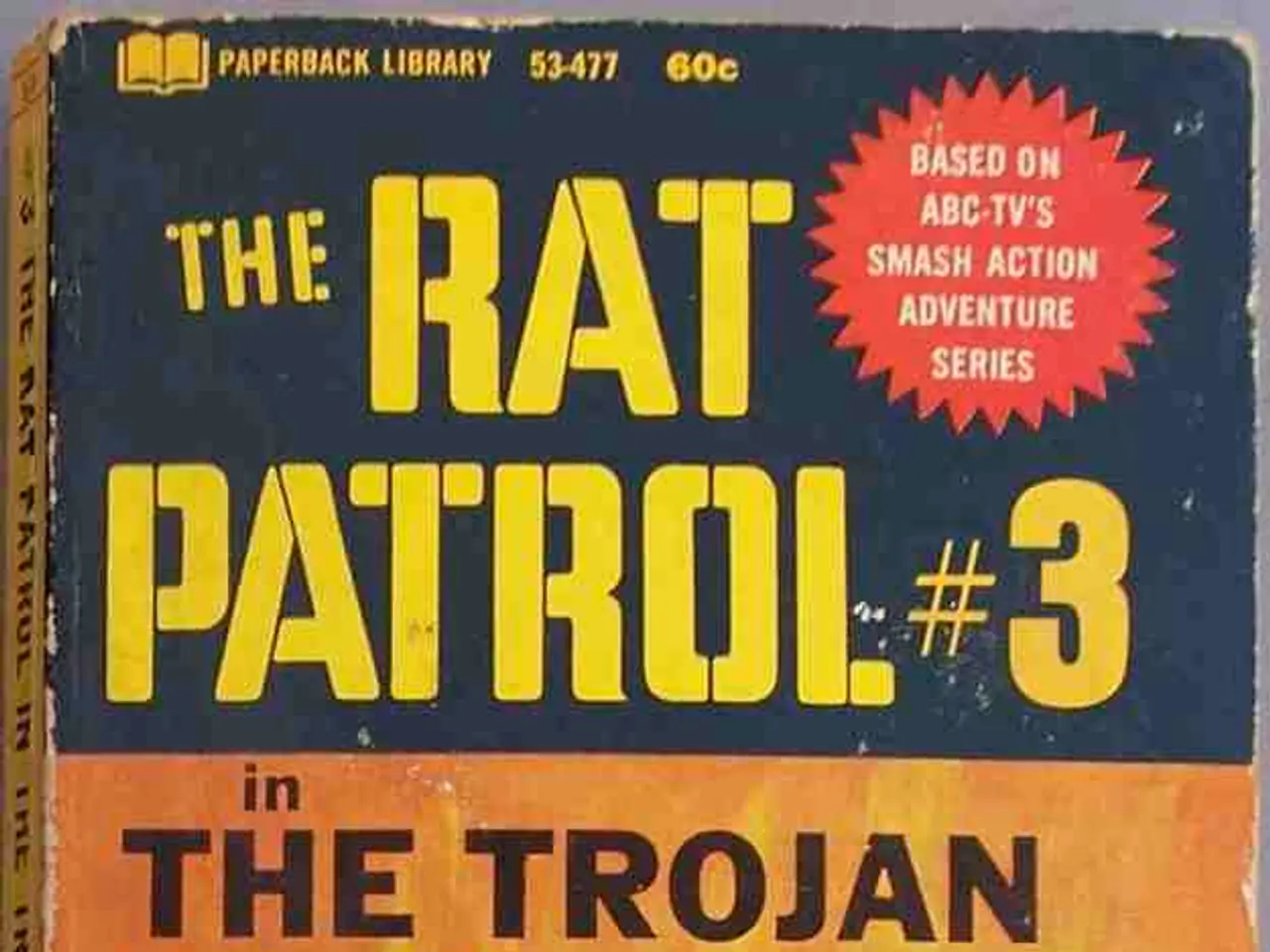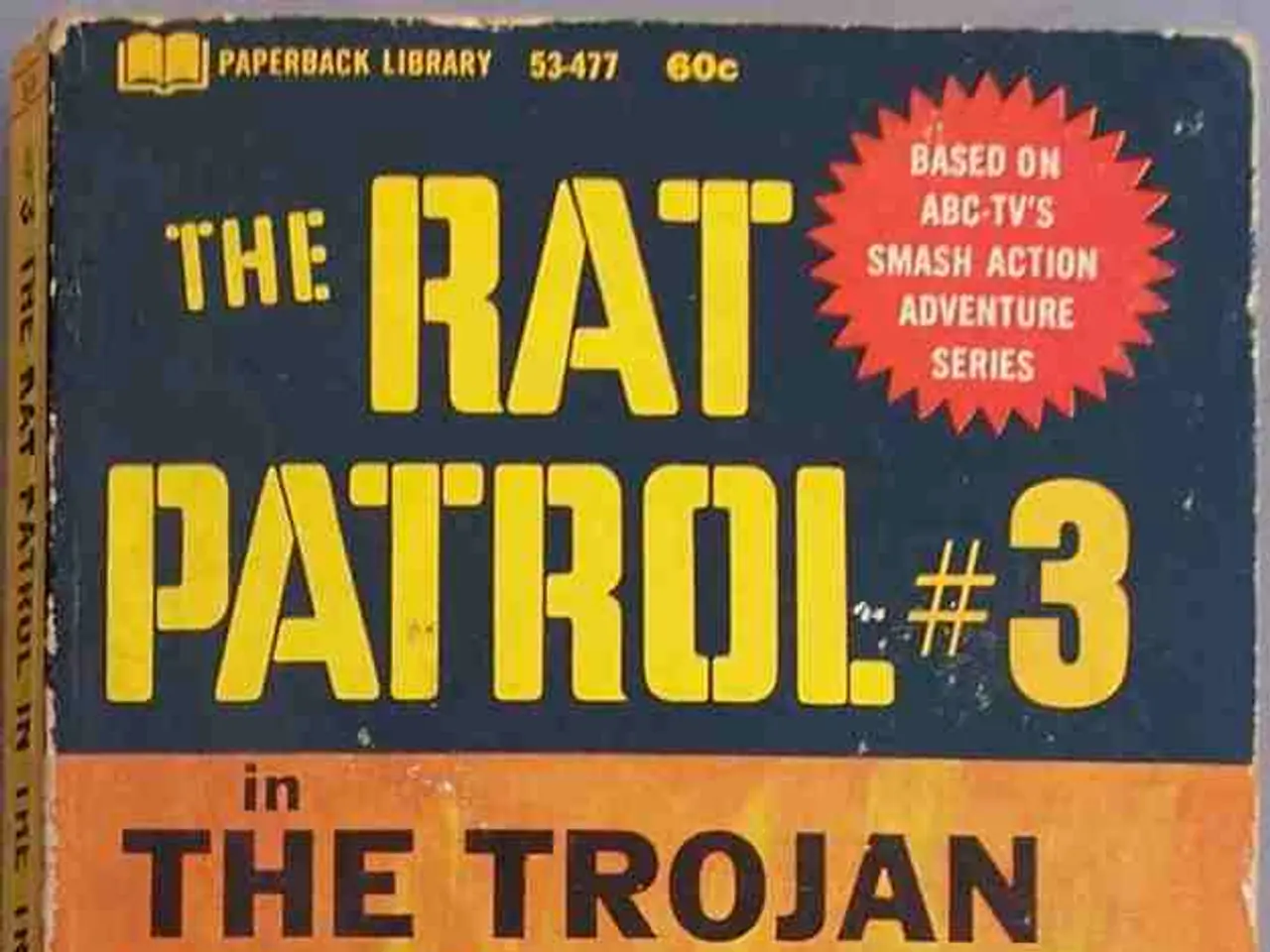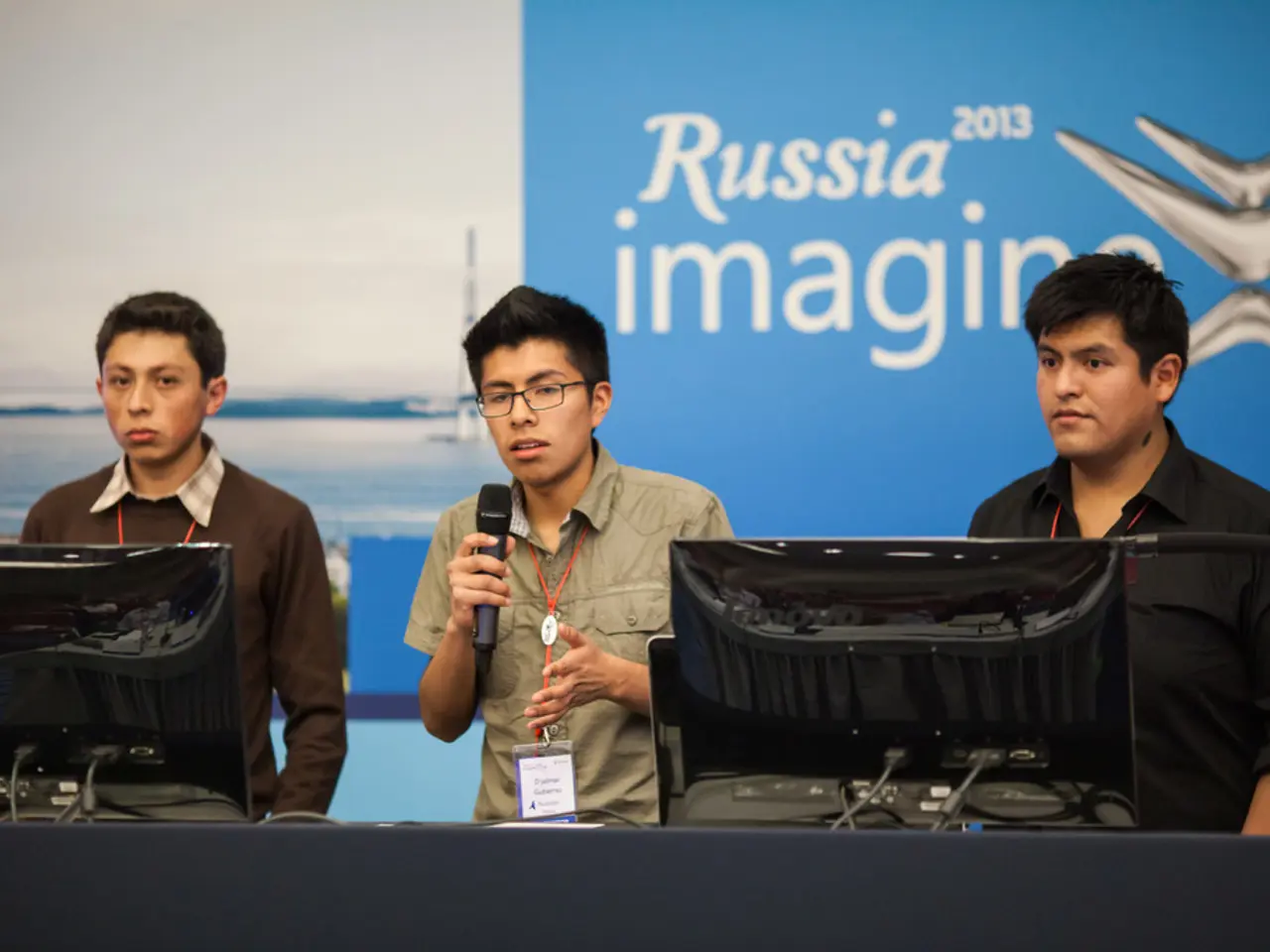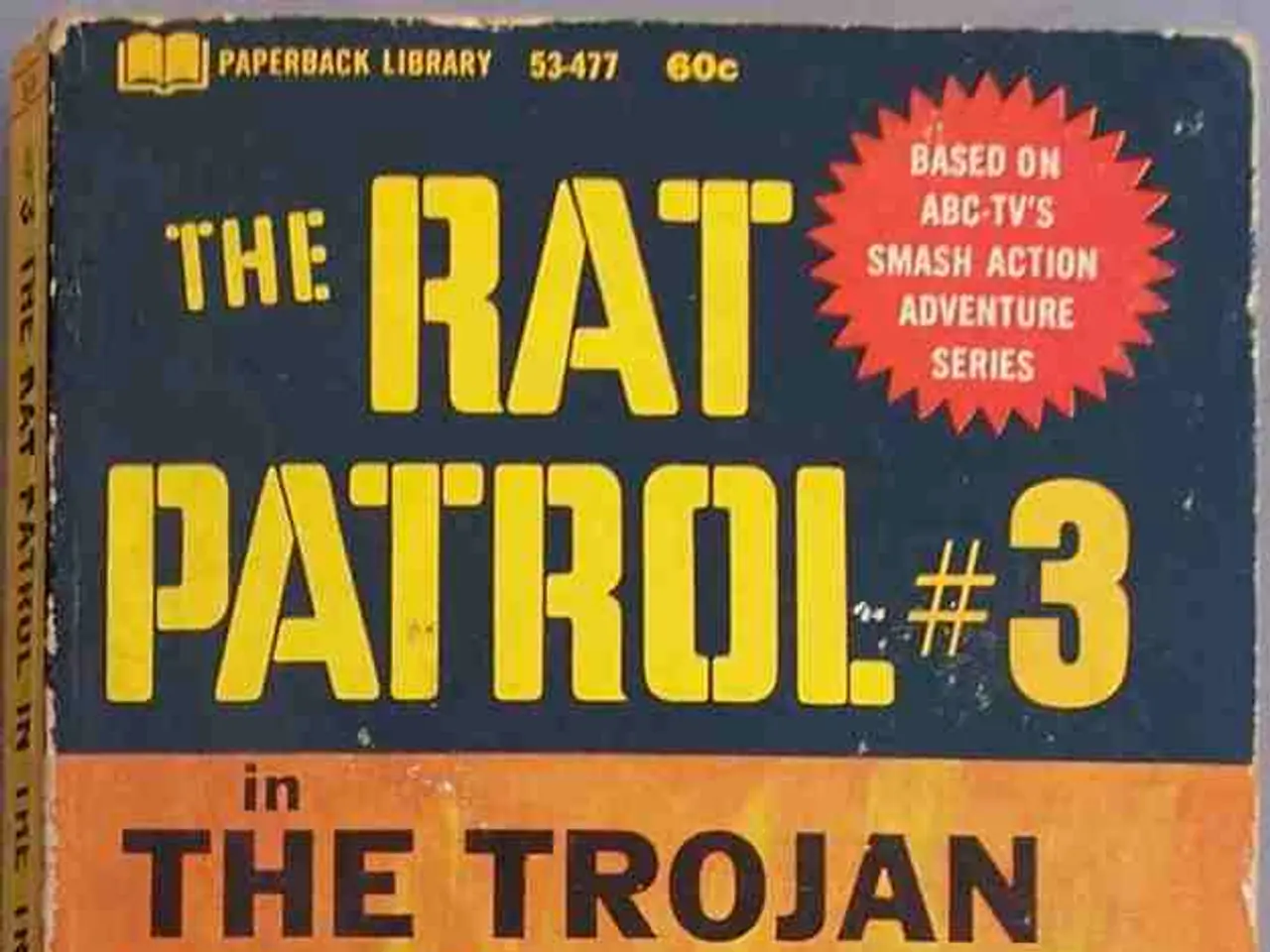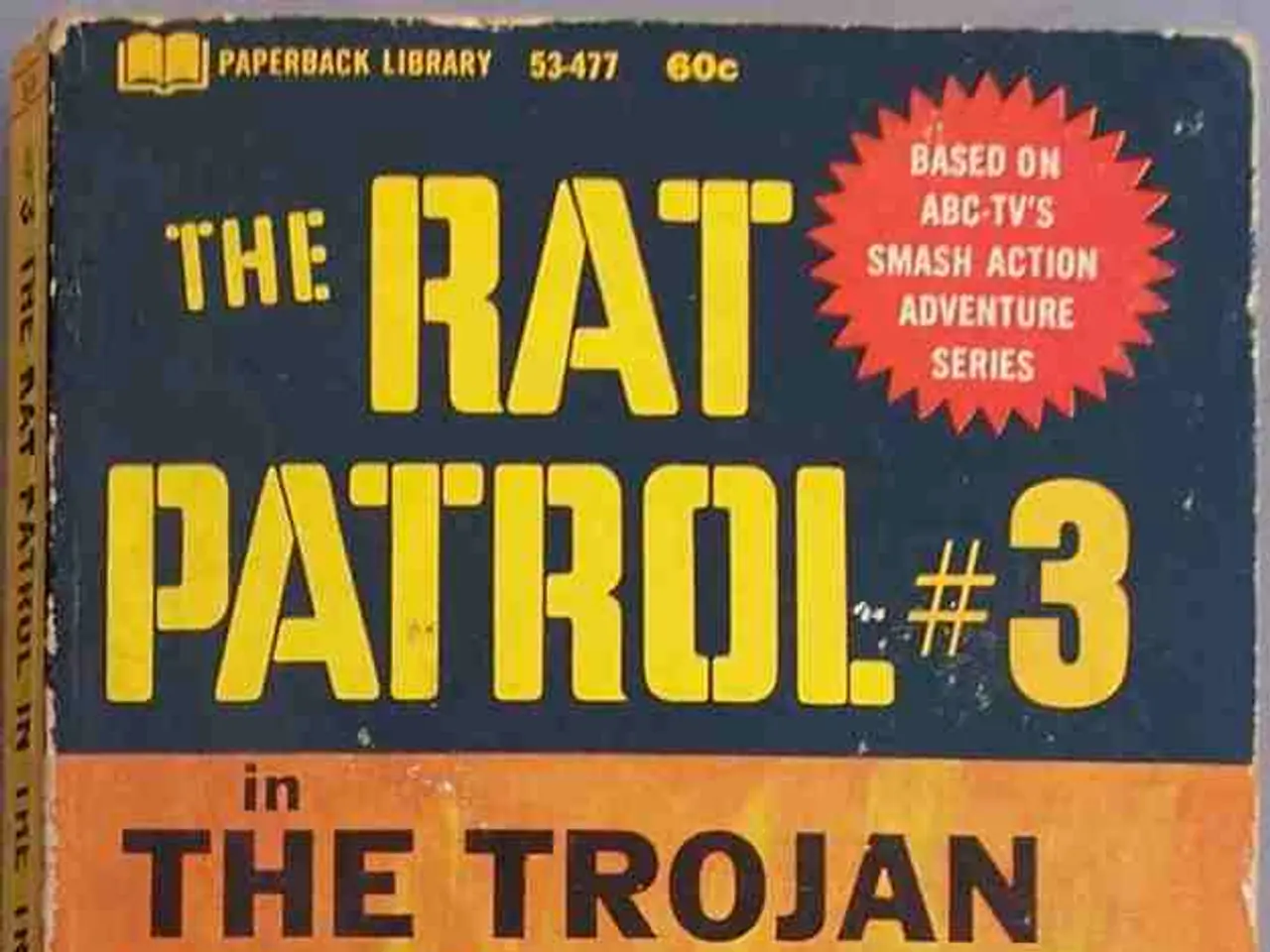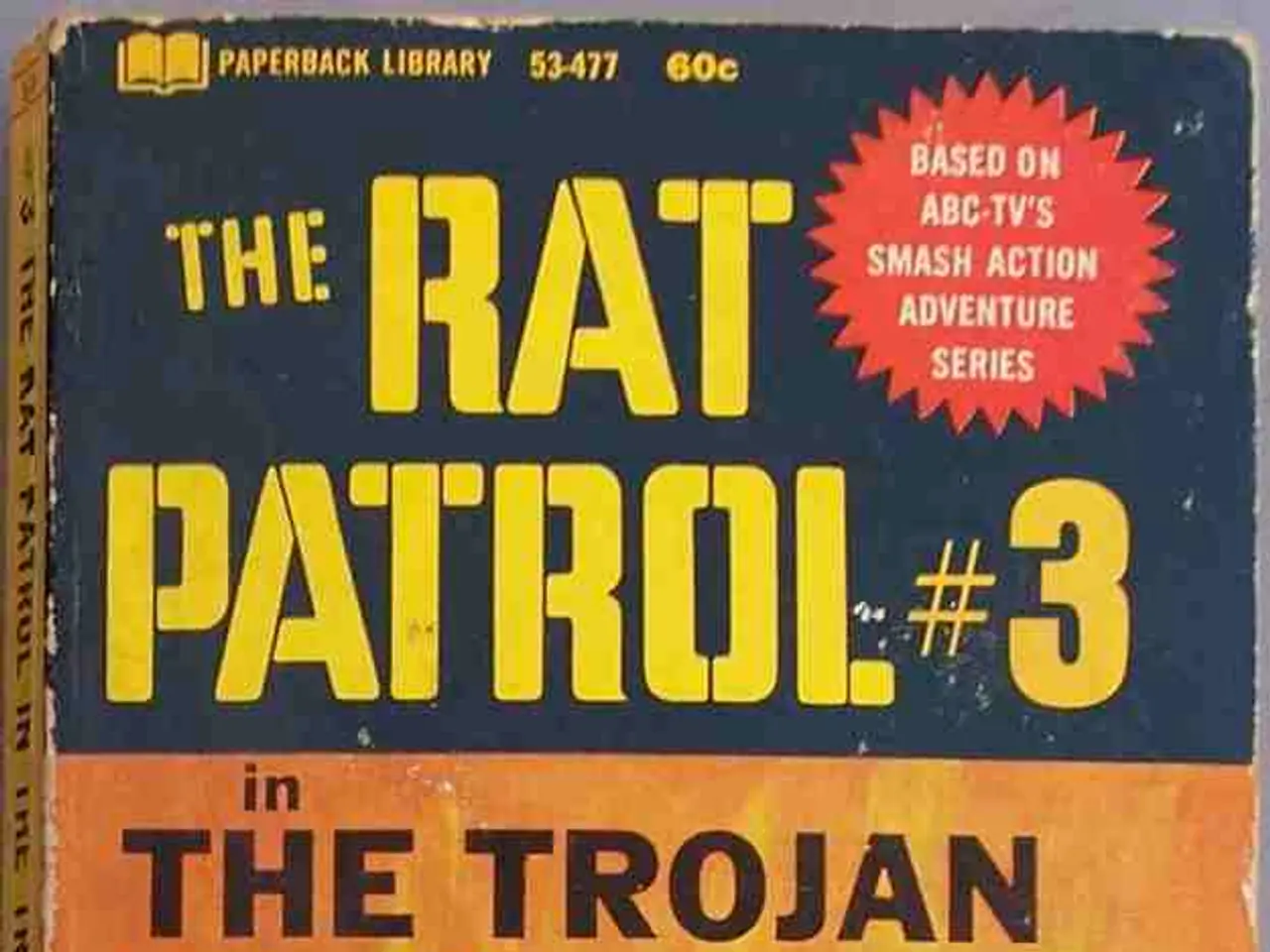Russian leader, Vladimir Putin, showcases state-of-the-art battle tanks and rocket-firing artillery systems
Yekaterinburg Military Parade Rehearsal Highlights Combat Readiness and Counter-Drone Capabilities
The traditional dress rehearsal for this year's "Victory Day" military parade, held in Yekaterinburg, Russia, showcased a noticeable shift in focus. Instead of the usual spectacle, the event emphasized combat readiness and advanced defensive capabilities, particularly against drone threats.
This change in emphasis is evident in the display of anti-drone tanks, which were prominently featured during the rehearsal. This move suggests a prioritization of modern battlefield challenges such as countering unmanned aerial systems, reflecting an adaptation to evolving military threats.
While the exact rationale behind this shift from official Russian sources is not provided, the showcasing of anti-drone tanks during parade rehearsals typically signals an intent to highlight Russia’s defensive modernizations and readiness to counter new forms of warfare, especially drones, which have been significant in recent conflicts involving Russia.
This strategic focus might implicitly respond to Russia’s broader strategic challenges, seeking to project strength and internal security amid both external and internal pressures. The increased tension and instability in the region, including serious ethnic and political conflicts in Yekaterinburg itself, where there have been violent police actions against ethnic Azerbaijanis, and wider geopolitical shifts diminishing Russia's influence in the South Caucasus, could be contributing factors.
The modern combat formation displayed during the rehearsal included classic BM-21 "Grad" and BM-30 "Smerch" rocket launchers. Interestingly, the parade did not include any World War II-era tanks as symbols of the historic victory over Nazi Germany. Furthermore, Russia did not display its so-called "superweapons" such as Armata tanks, Terminator infantry fighting vehicles, or massive nuclear missiles.
The rehearsal marked a departure from previous years, which regularly showcased prestigious military prototypes. Instead, the Kremlin opted to present a significantly altered image, focusing on practical threat countermeasures. Six combat tanks were equipped for anti-drone warfare, and armored personnel carriers with large-area jammers were included to counter kamikaze drones.
In summary, the parade rehearsal's strategic focus lies in demonstrating enhanced military preparedness and specifically showcasing counter-drone capabilities, reflecting Russia’s broader adaptation to contemporary combat environments and efforts to project resilience amid geopolitical frictions.
The rehearsal for the Yekaterinburg Military Parade underscores a shift towards focusing on combat readiness and advanced defenses, particularly in the context of war-and-conflicts and politics. This change is evident in the prominent display of anti-drone tanks, signifying a prioritization of countering modern battlefield challenges such as unmanned aerial systems (general-news).
The strategic focus of the parade appears to be an implicit response to Russia's broader strategic challenges, with the potential aim of projecting strength and internal security amid increasing tension and instability, including ethnic and political conflicts (politics) and geopolitical shifts diminishing Russia's influence (general-news).
